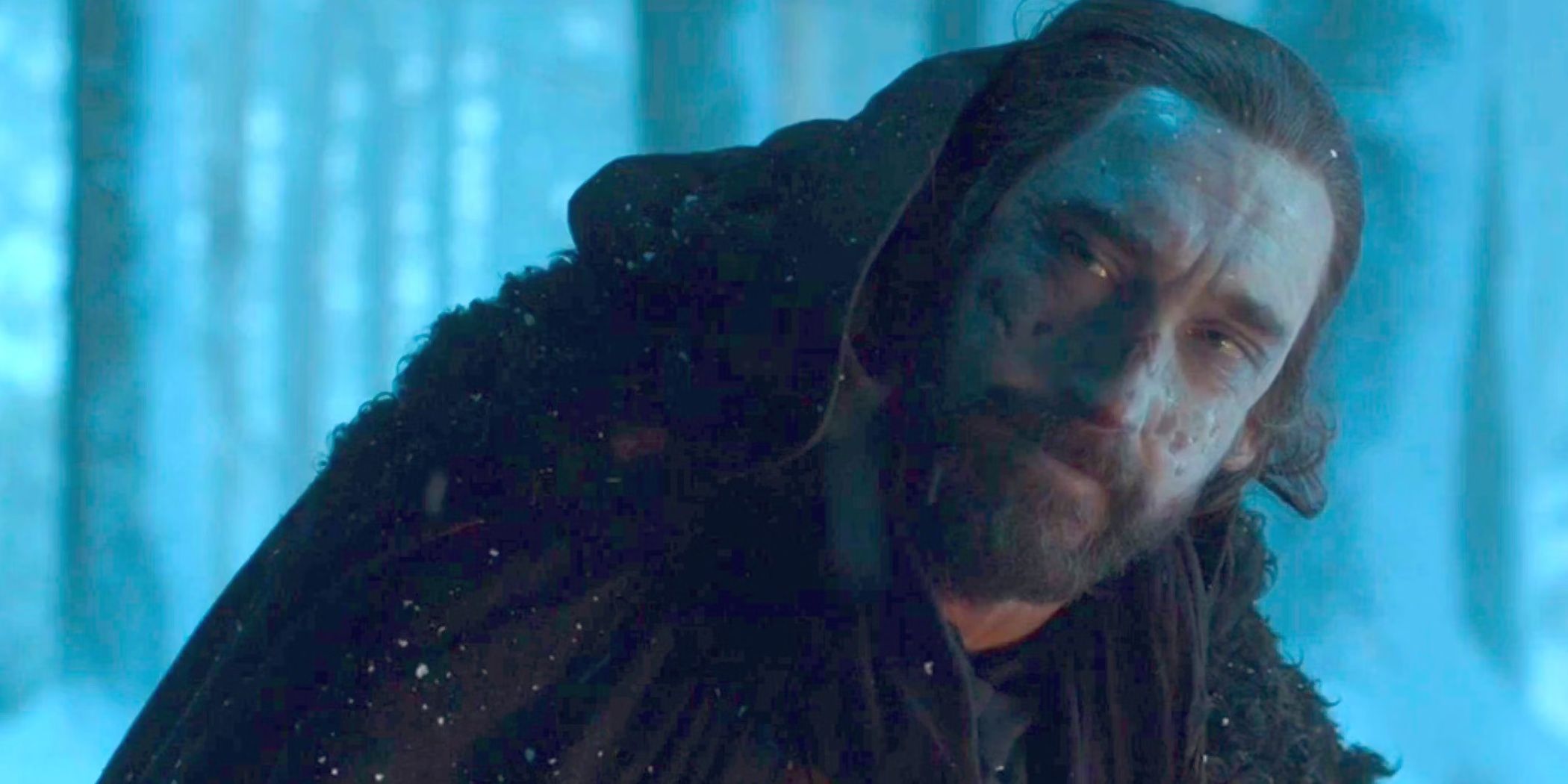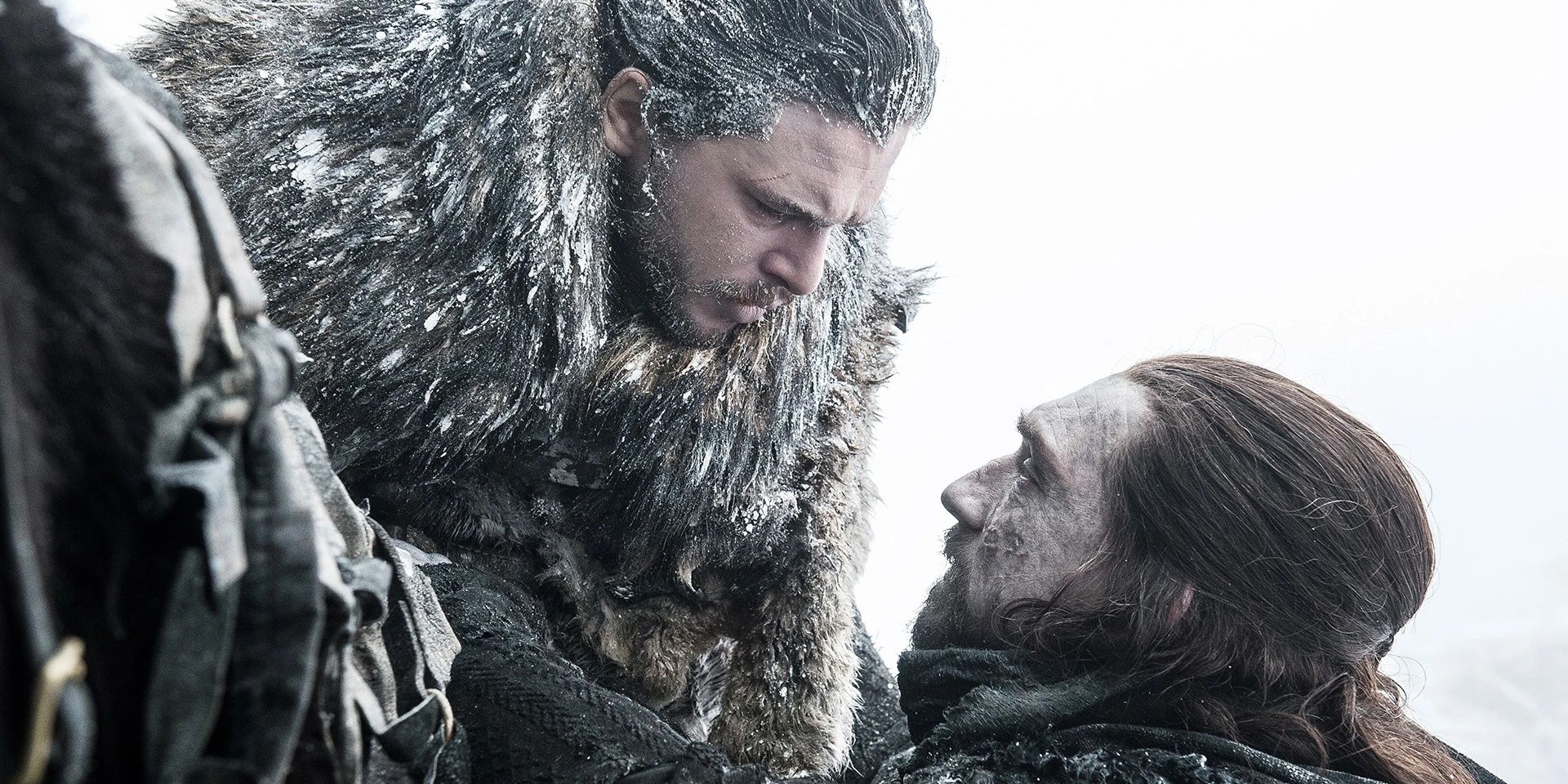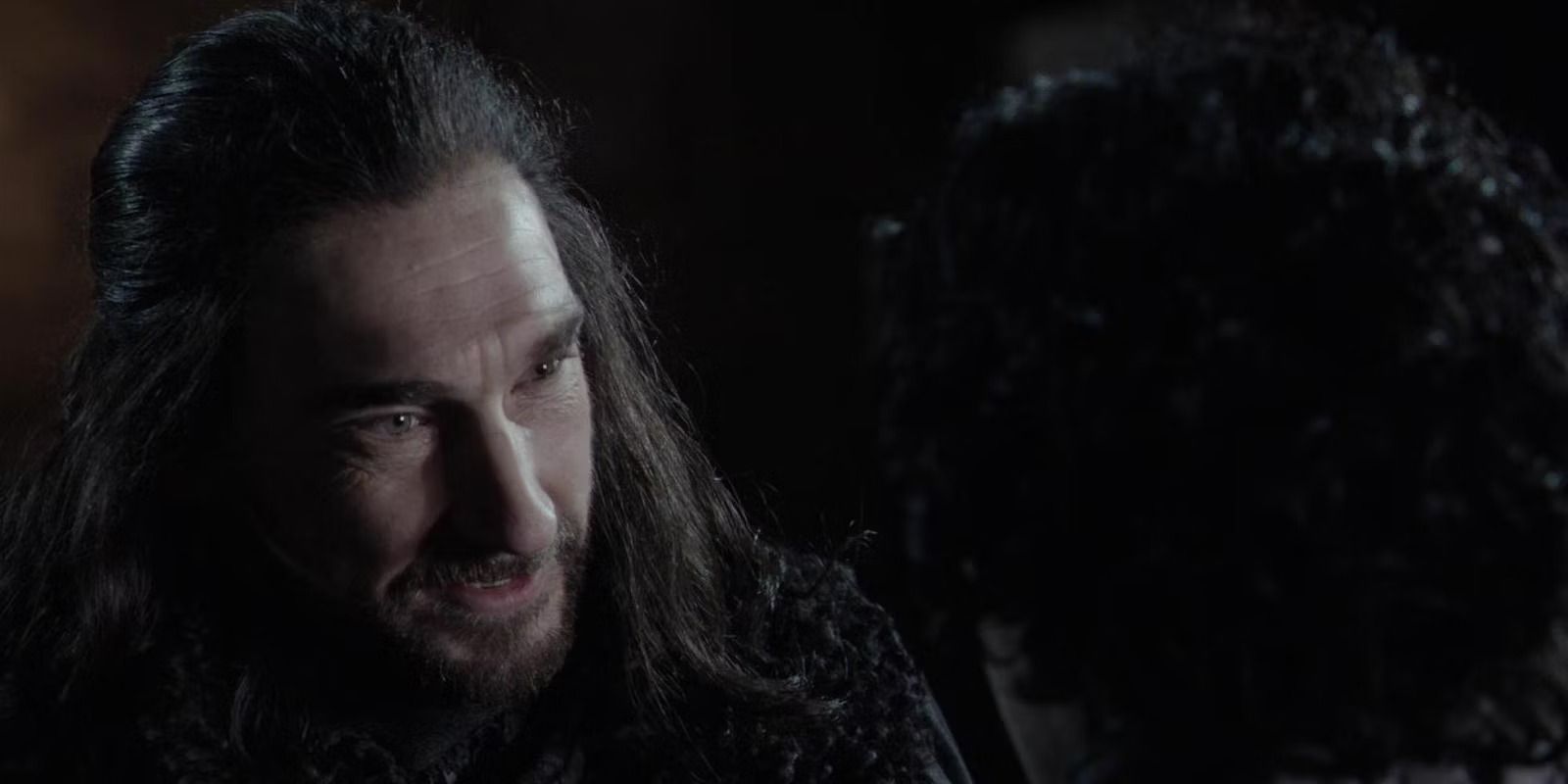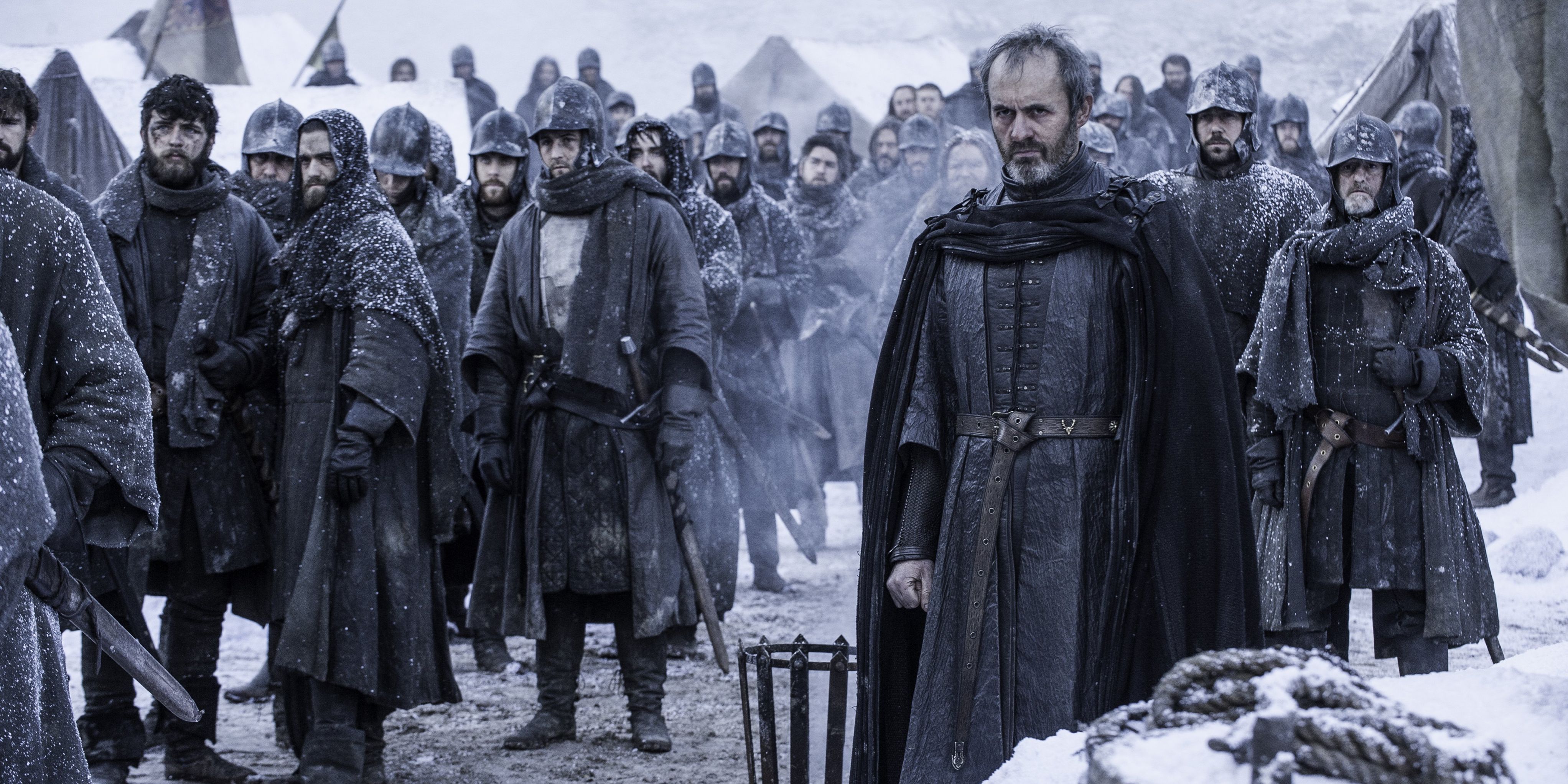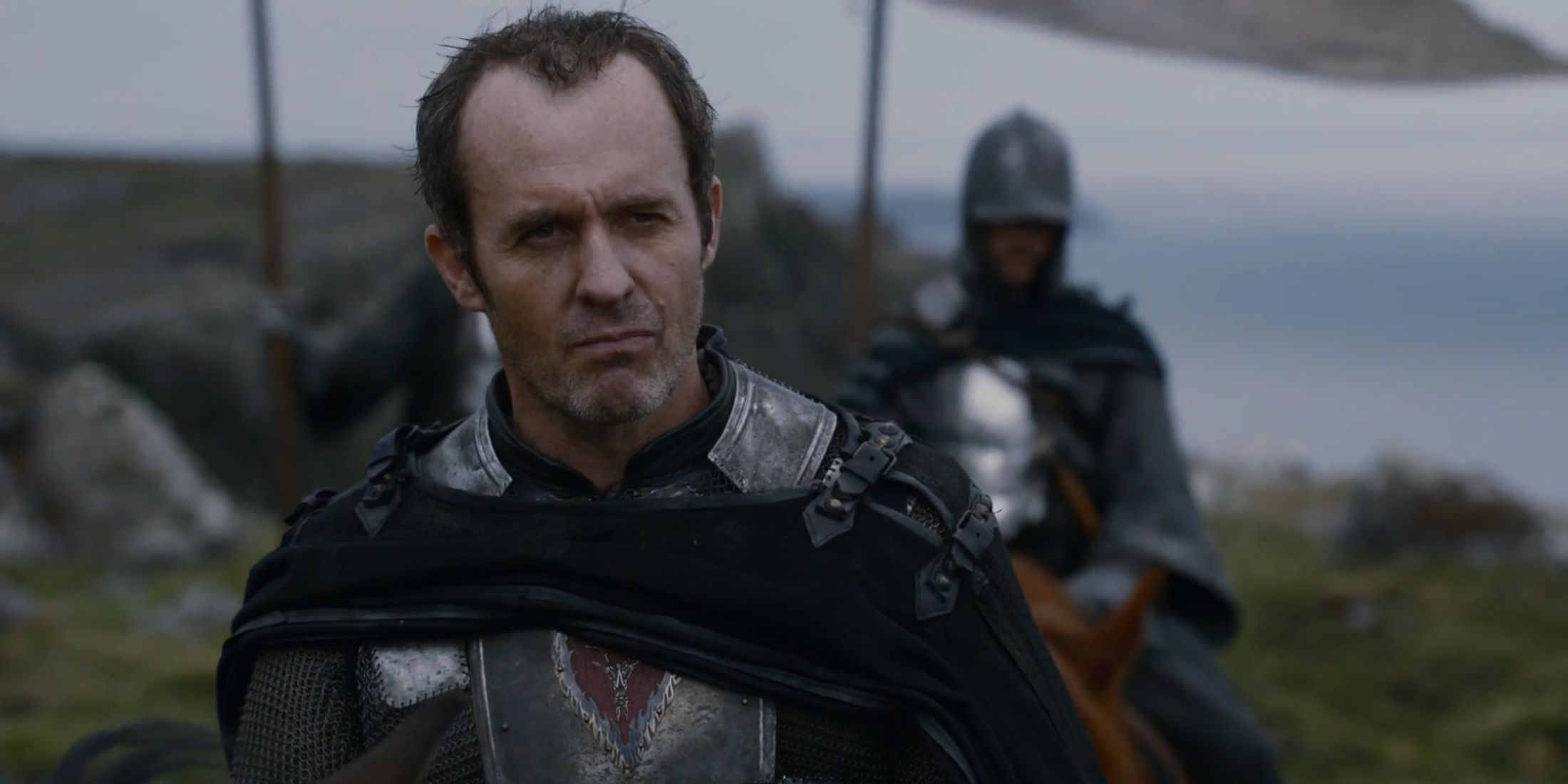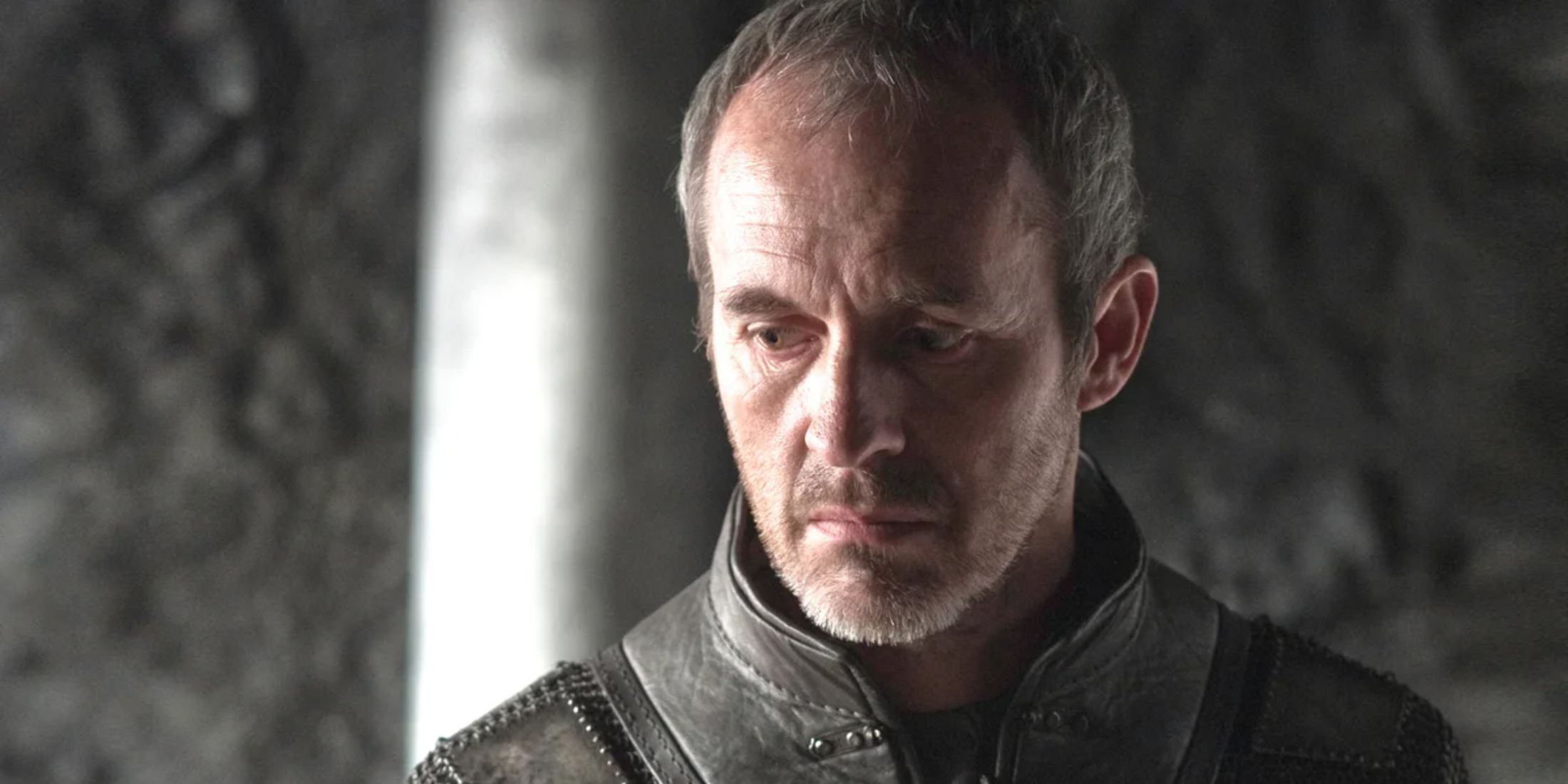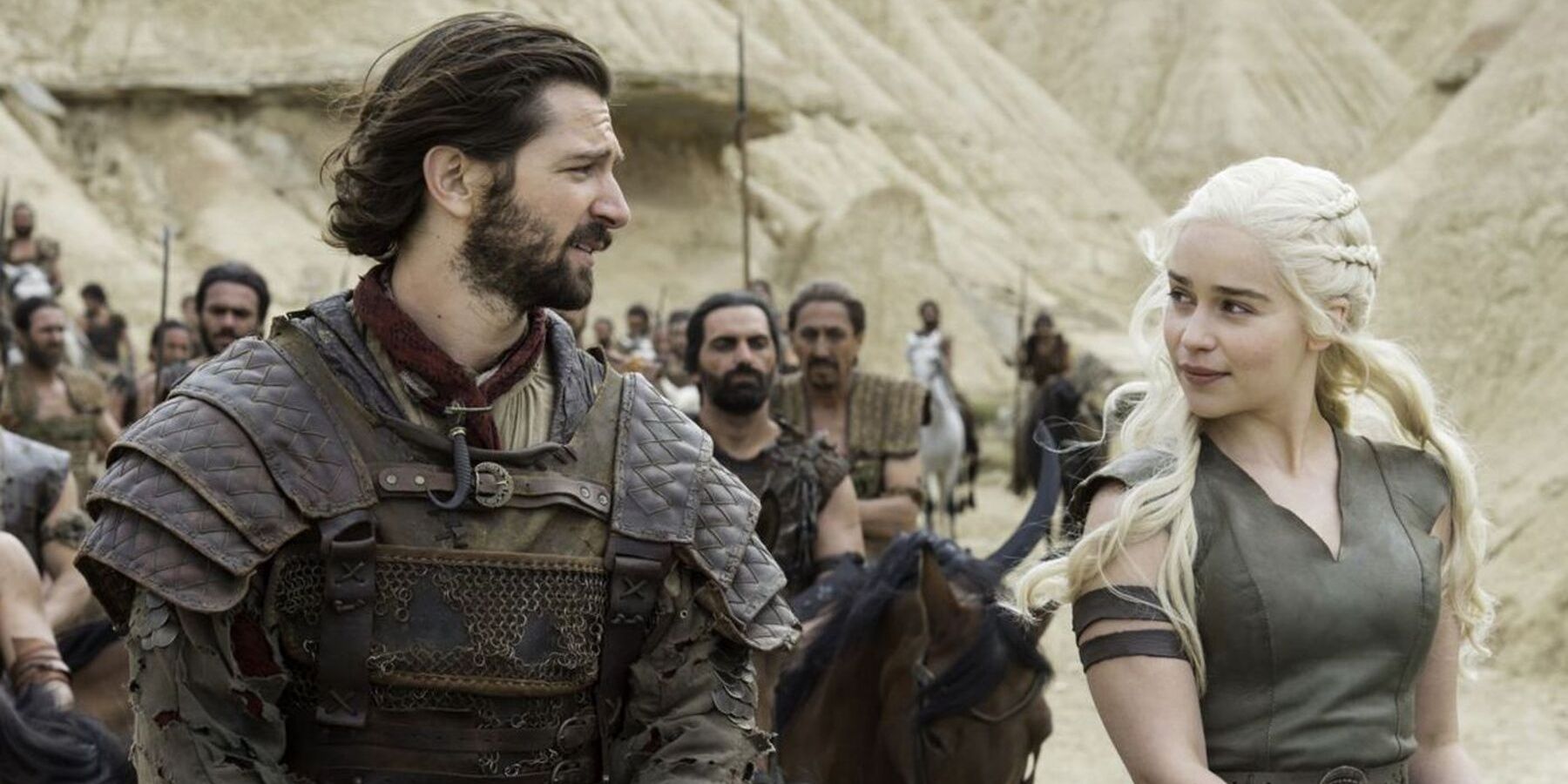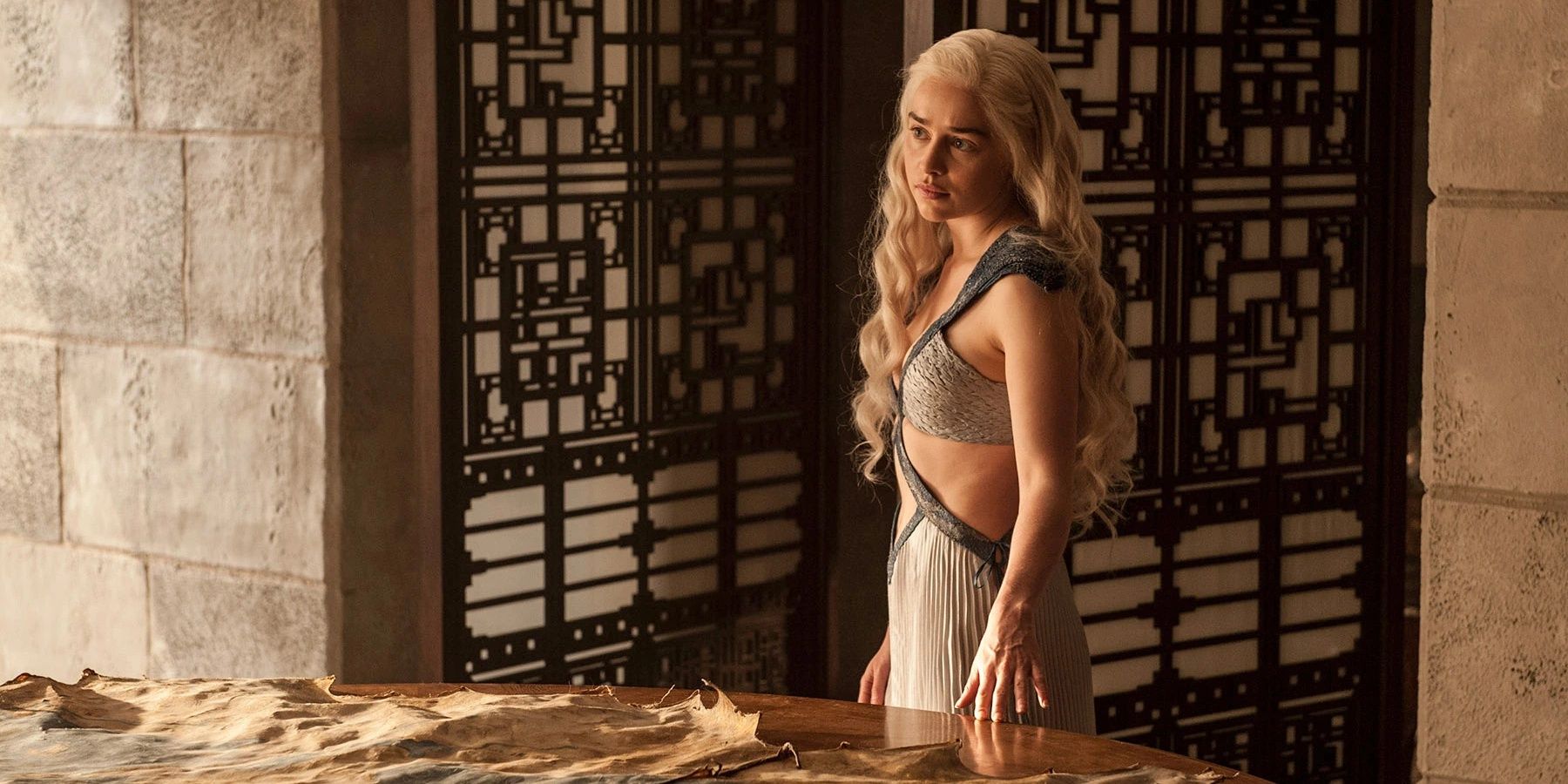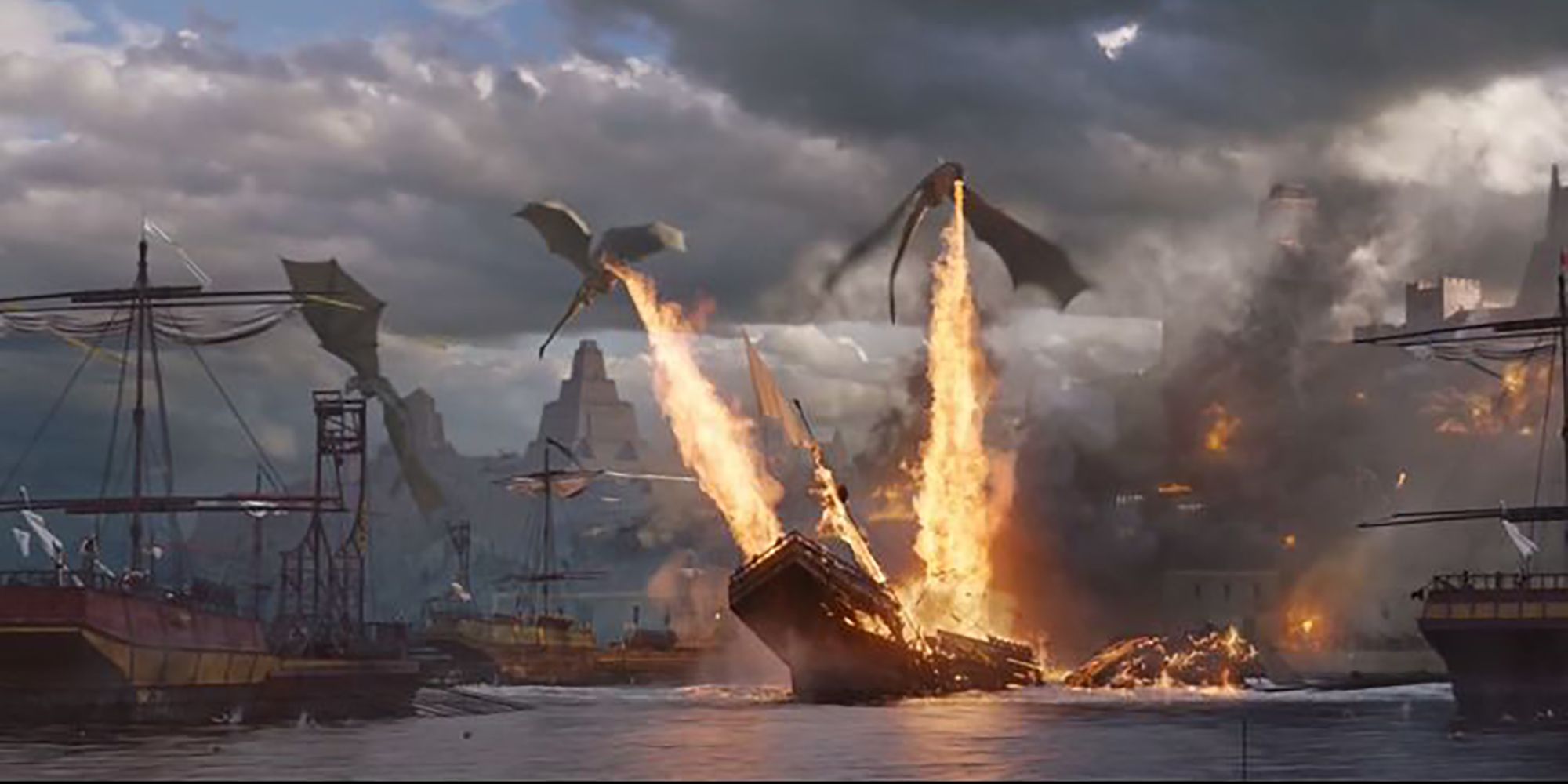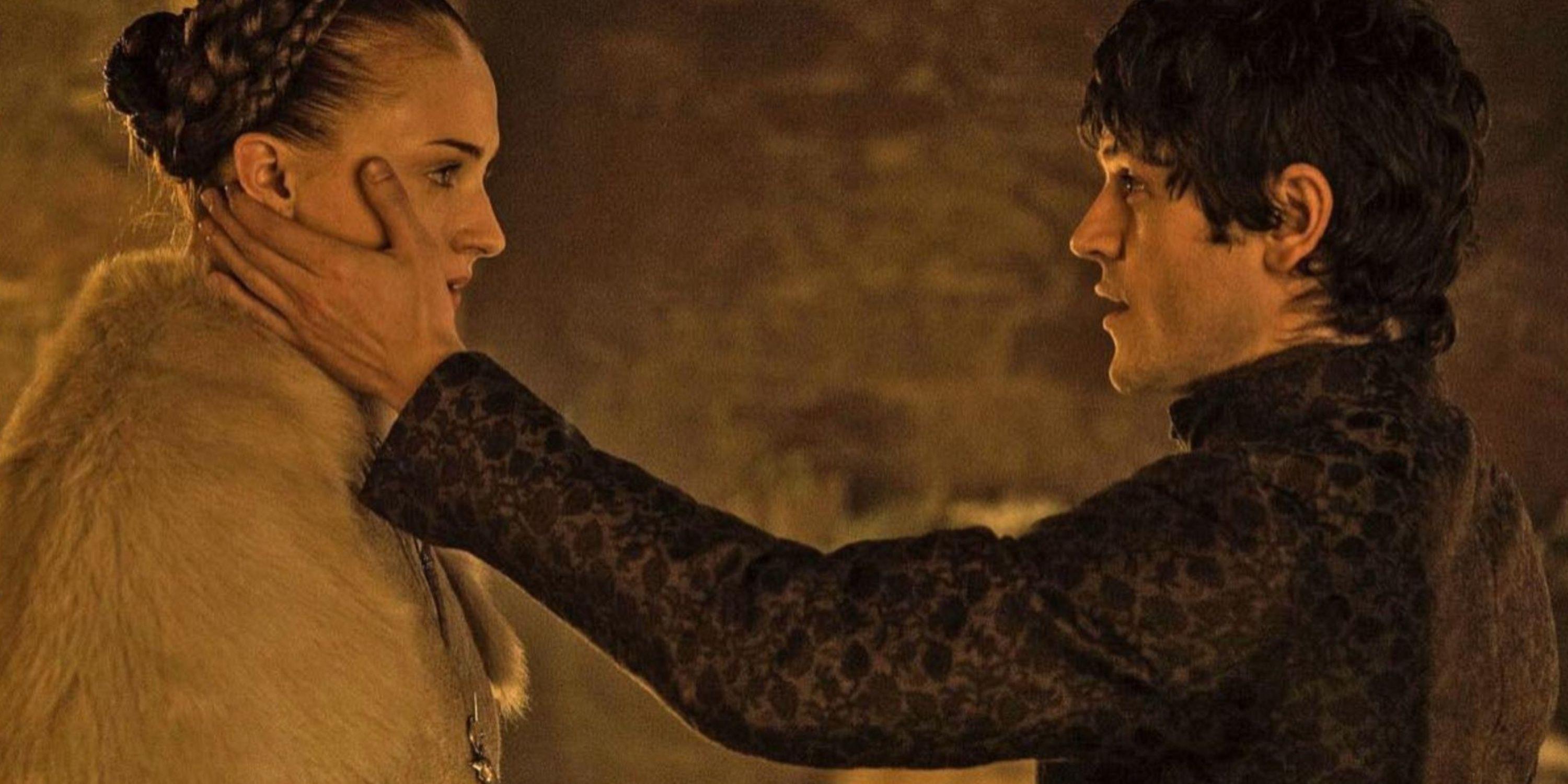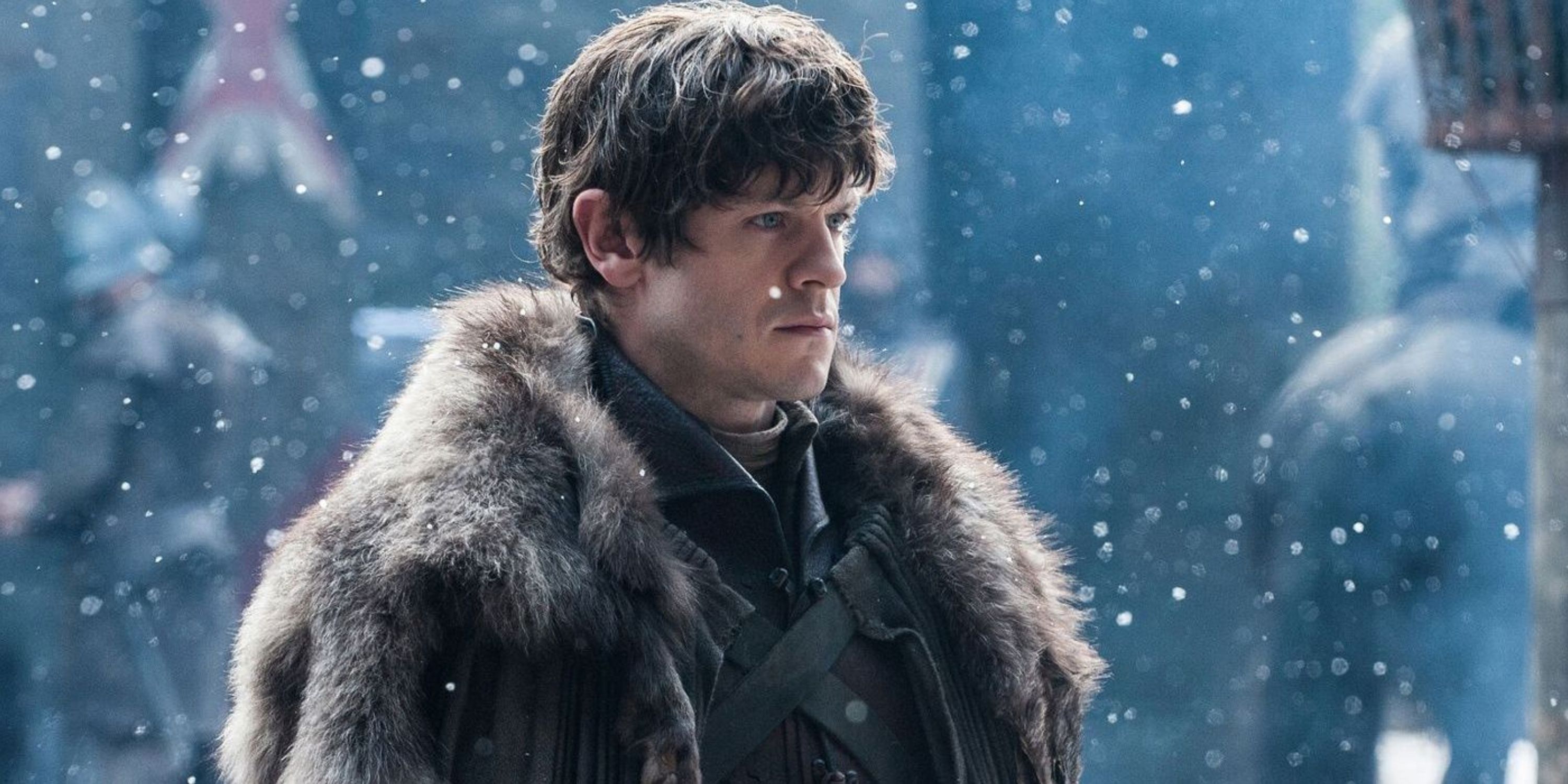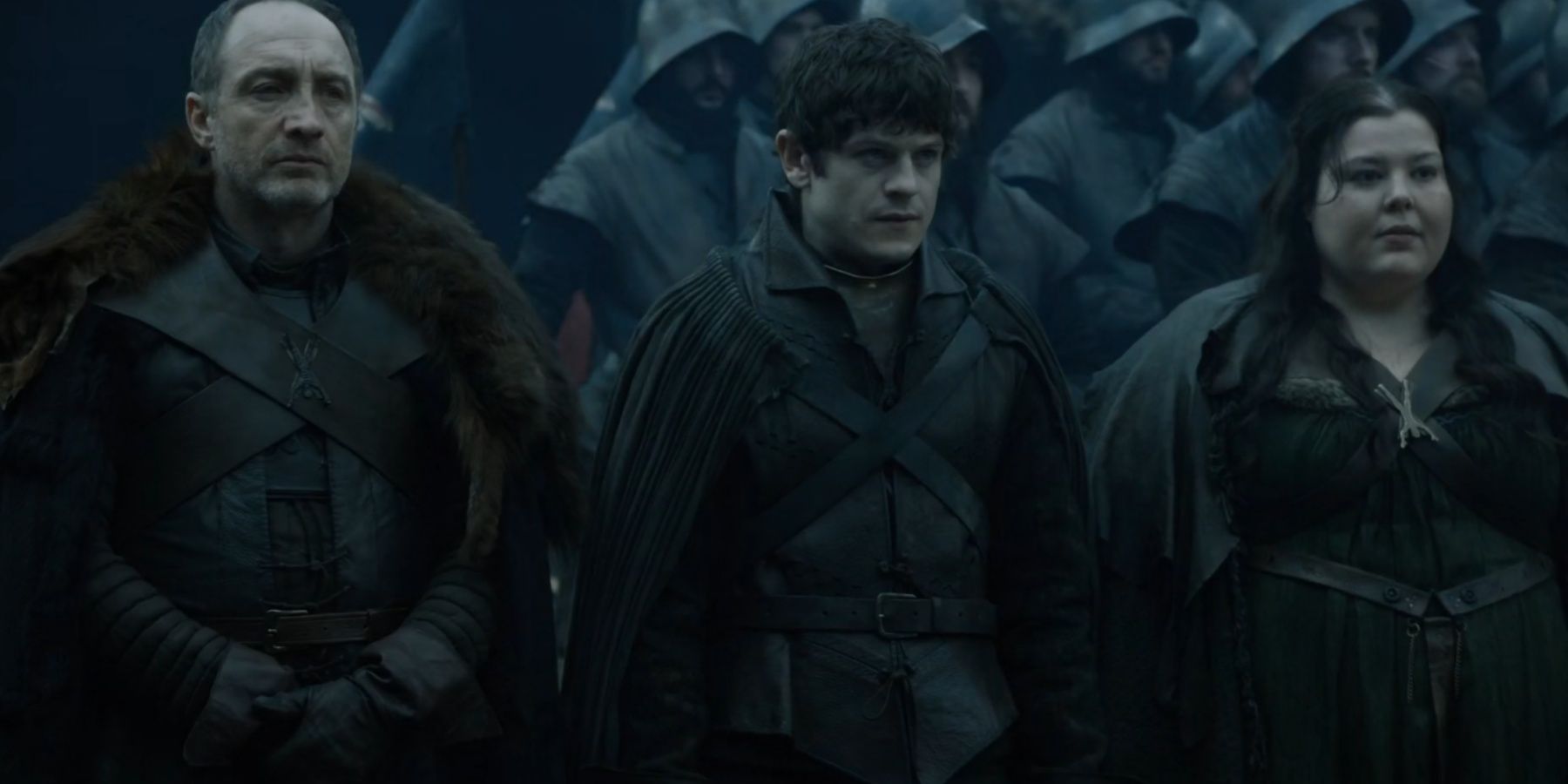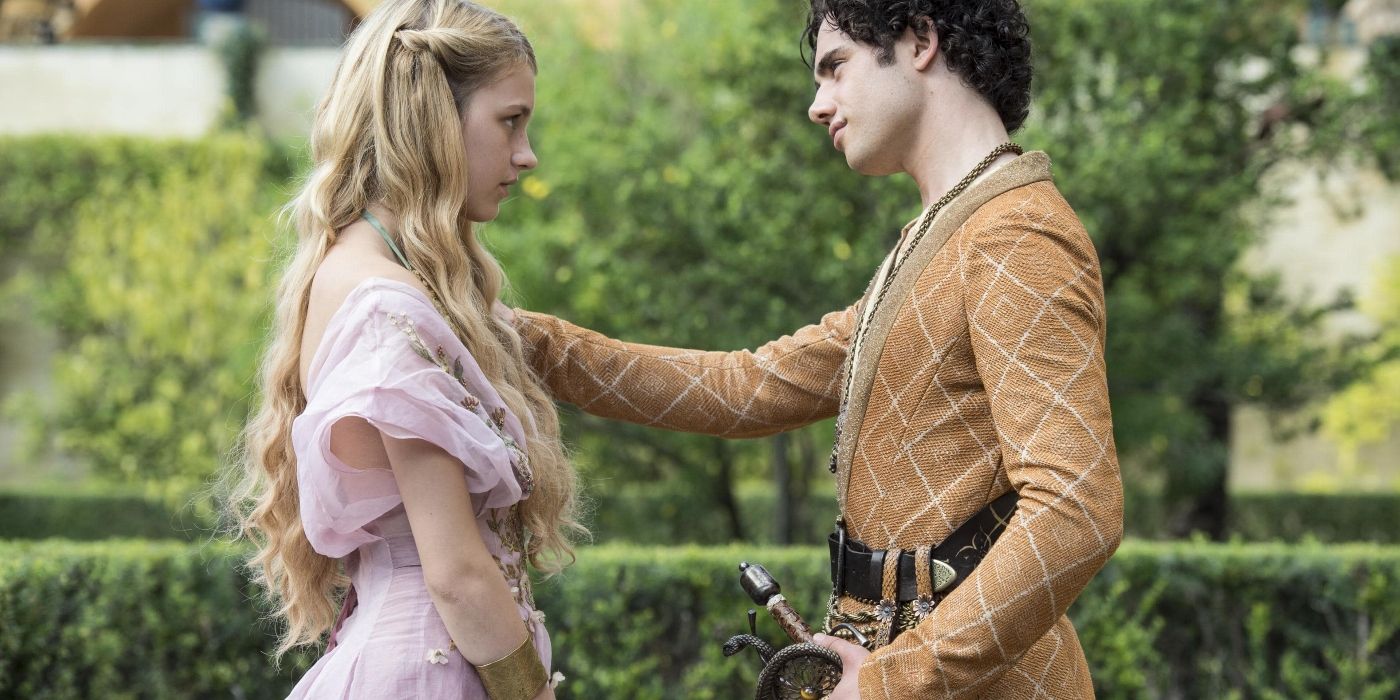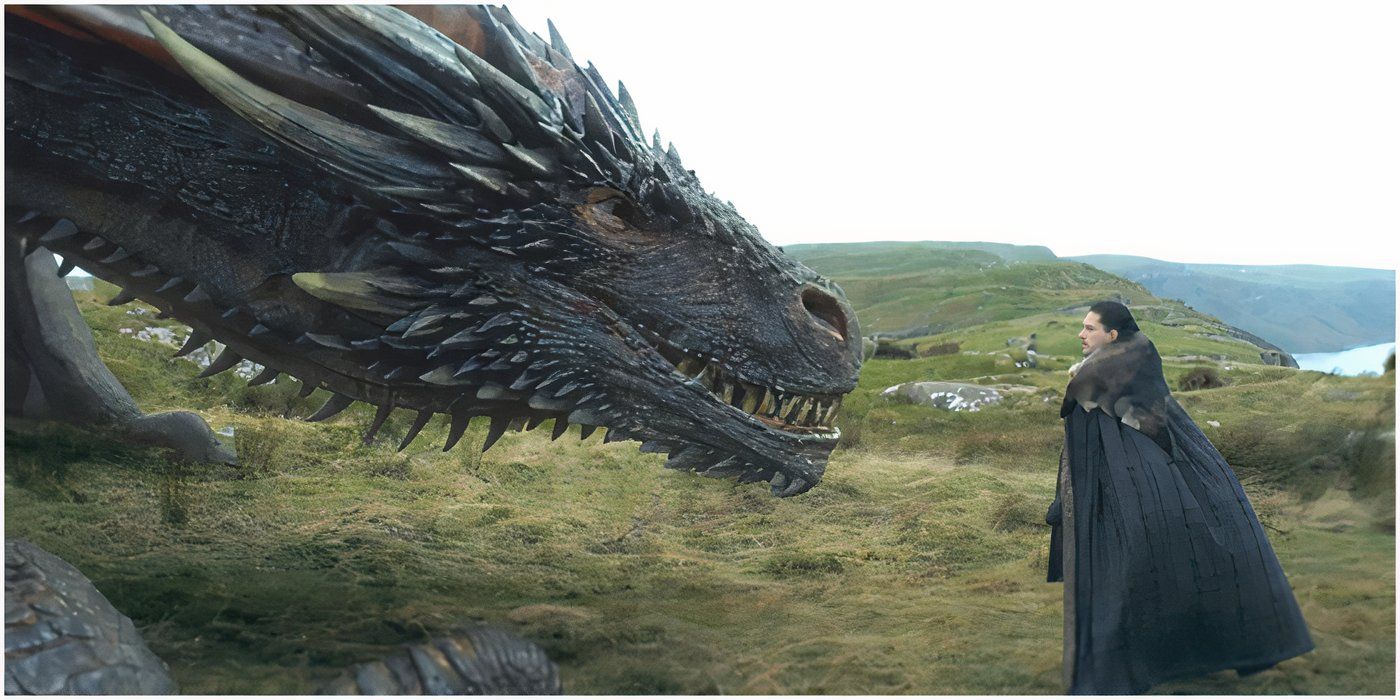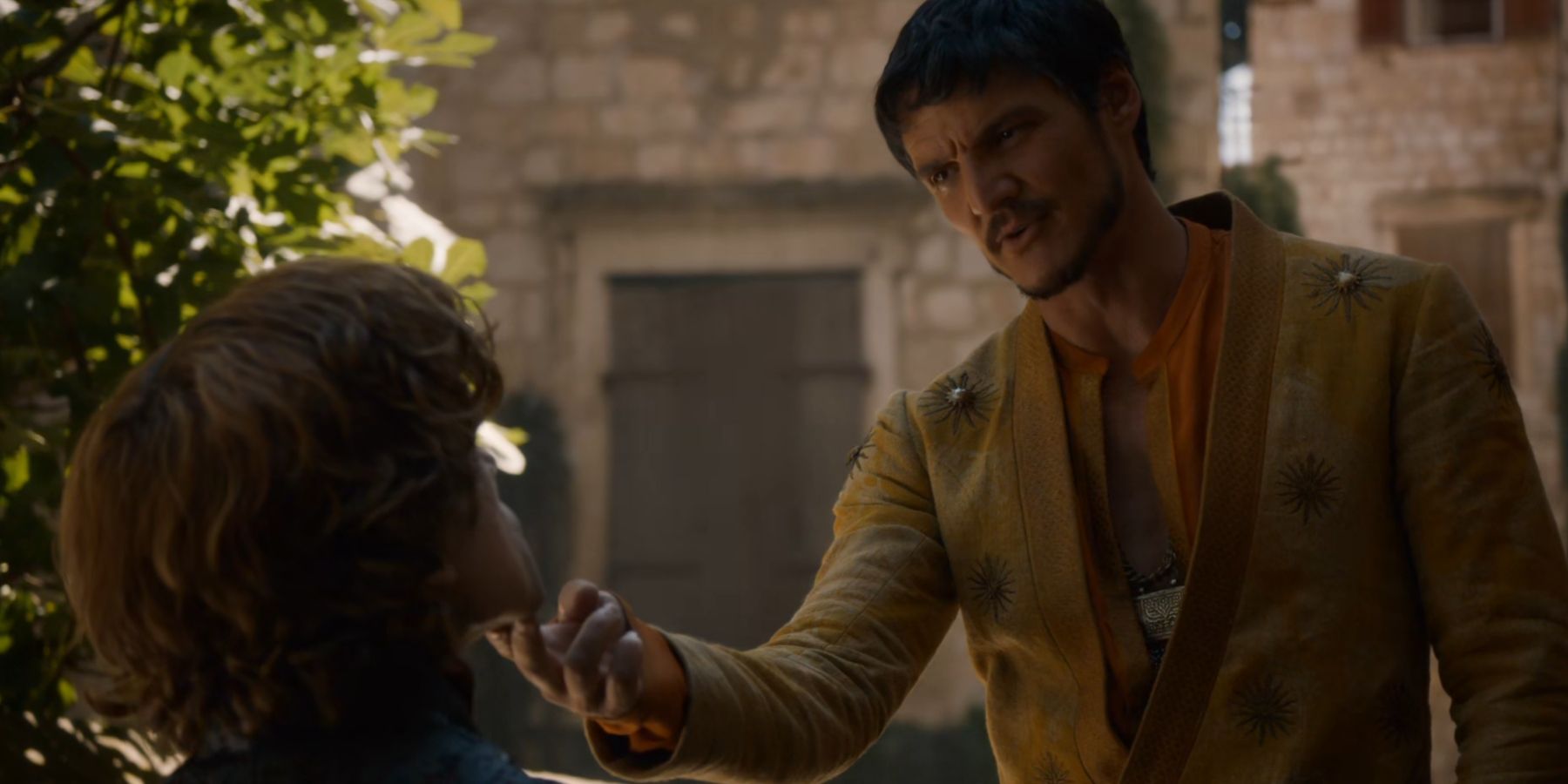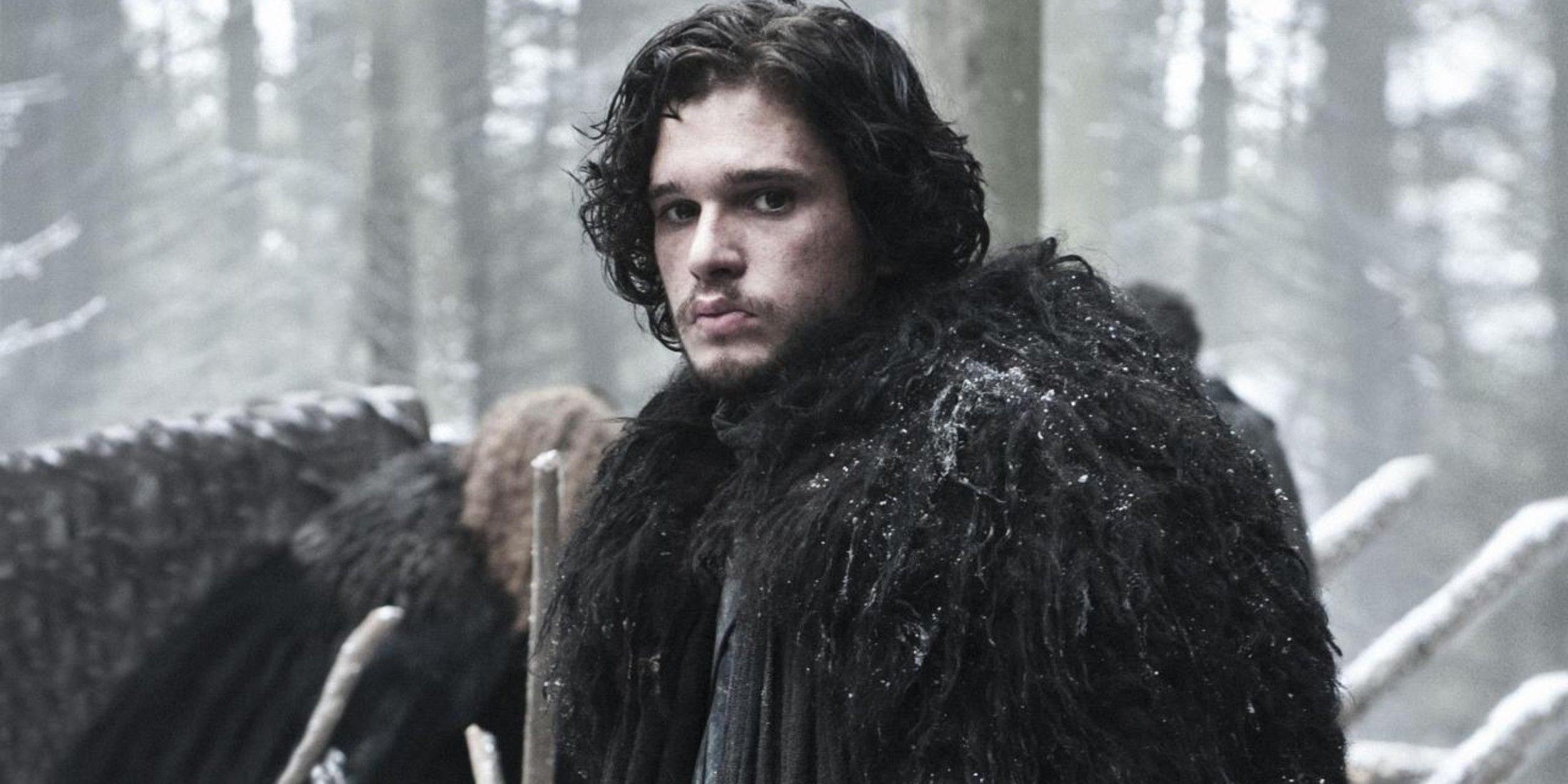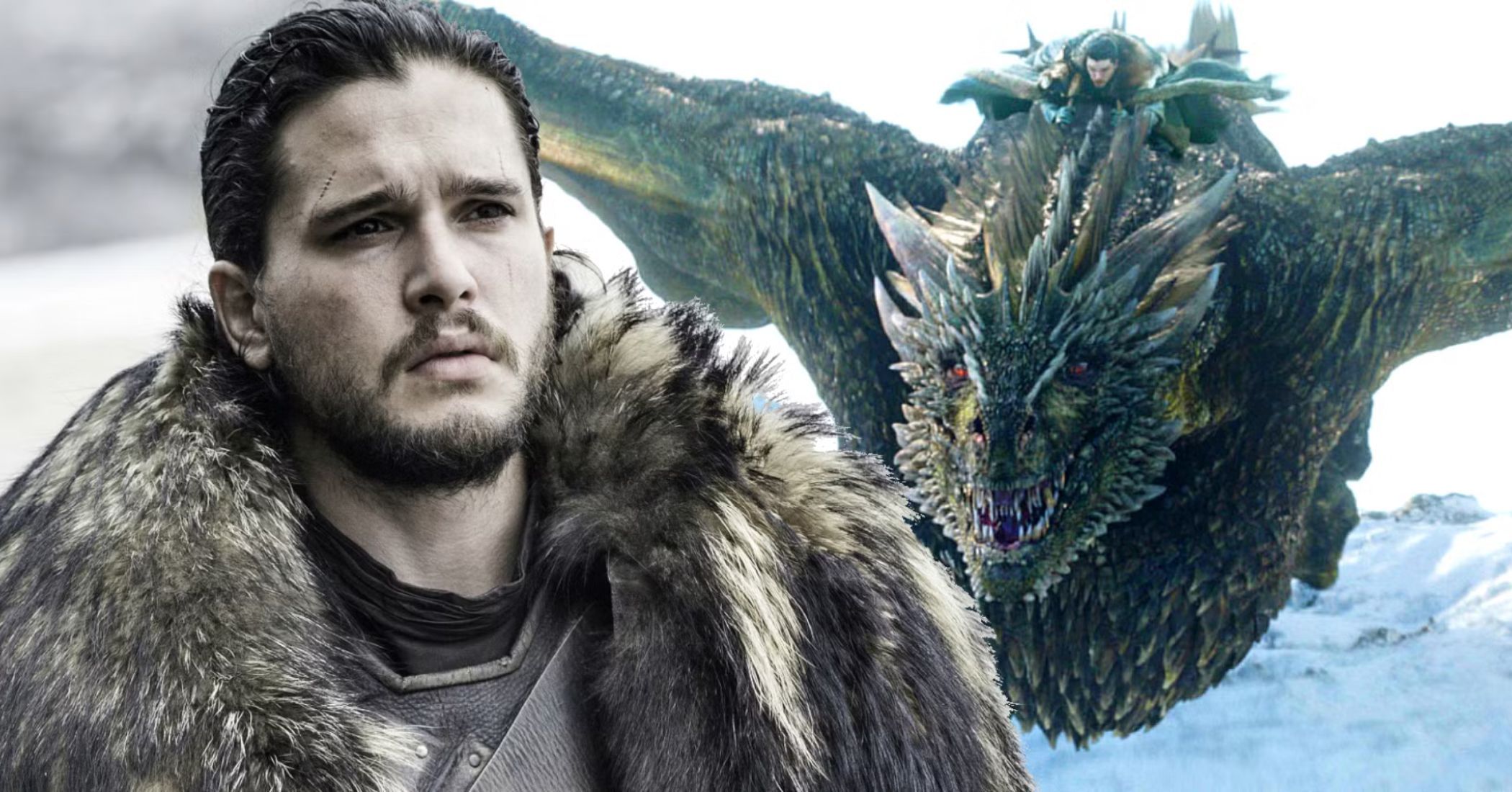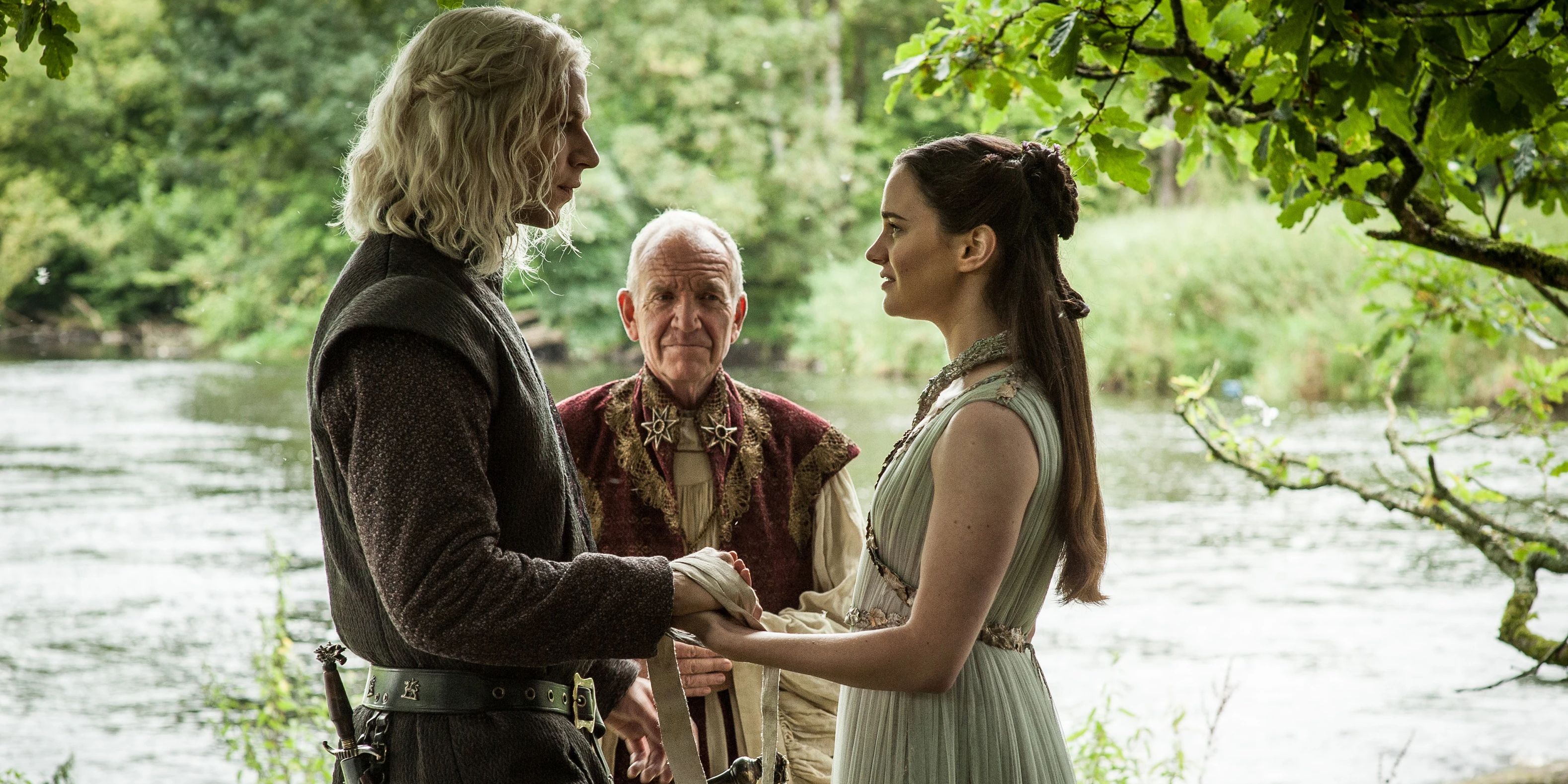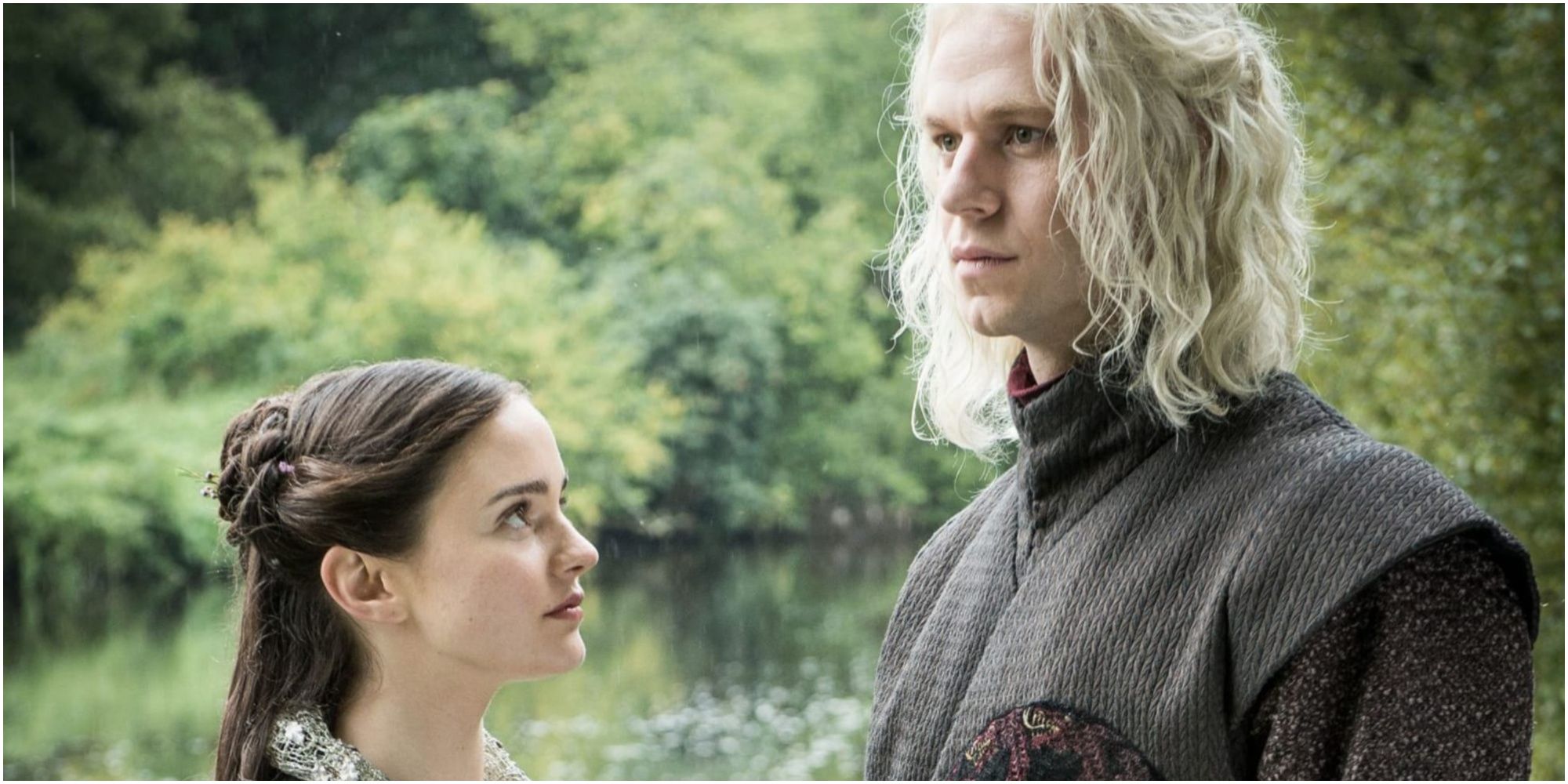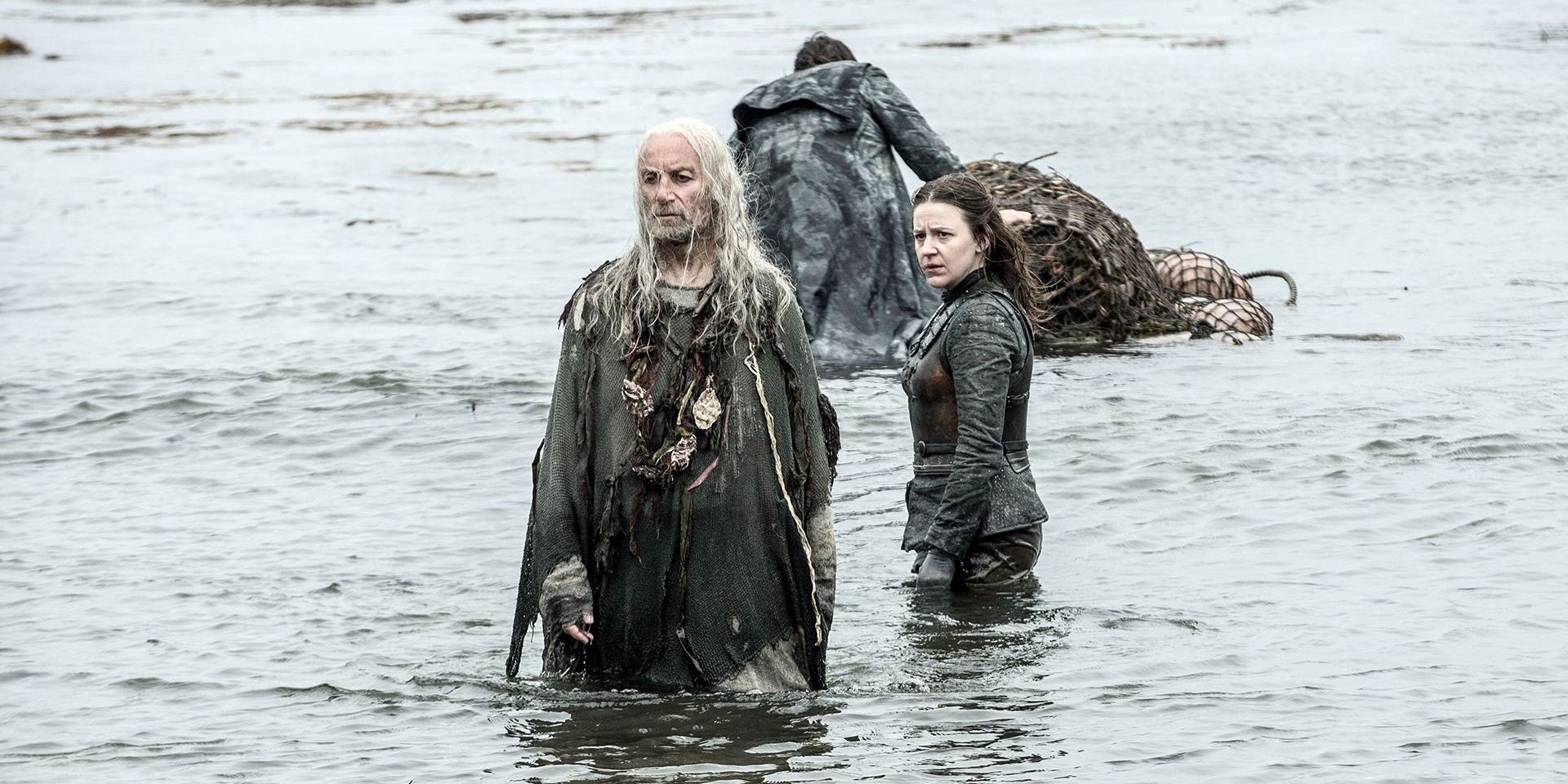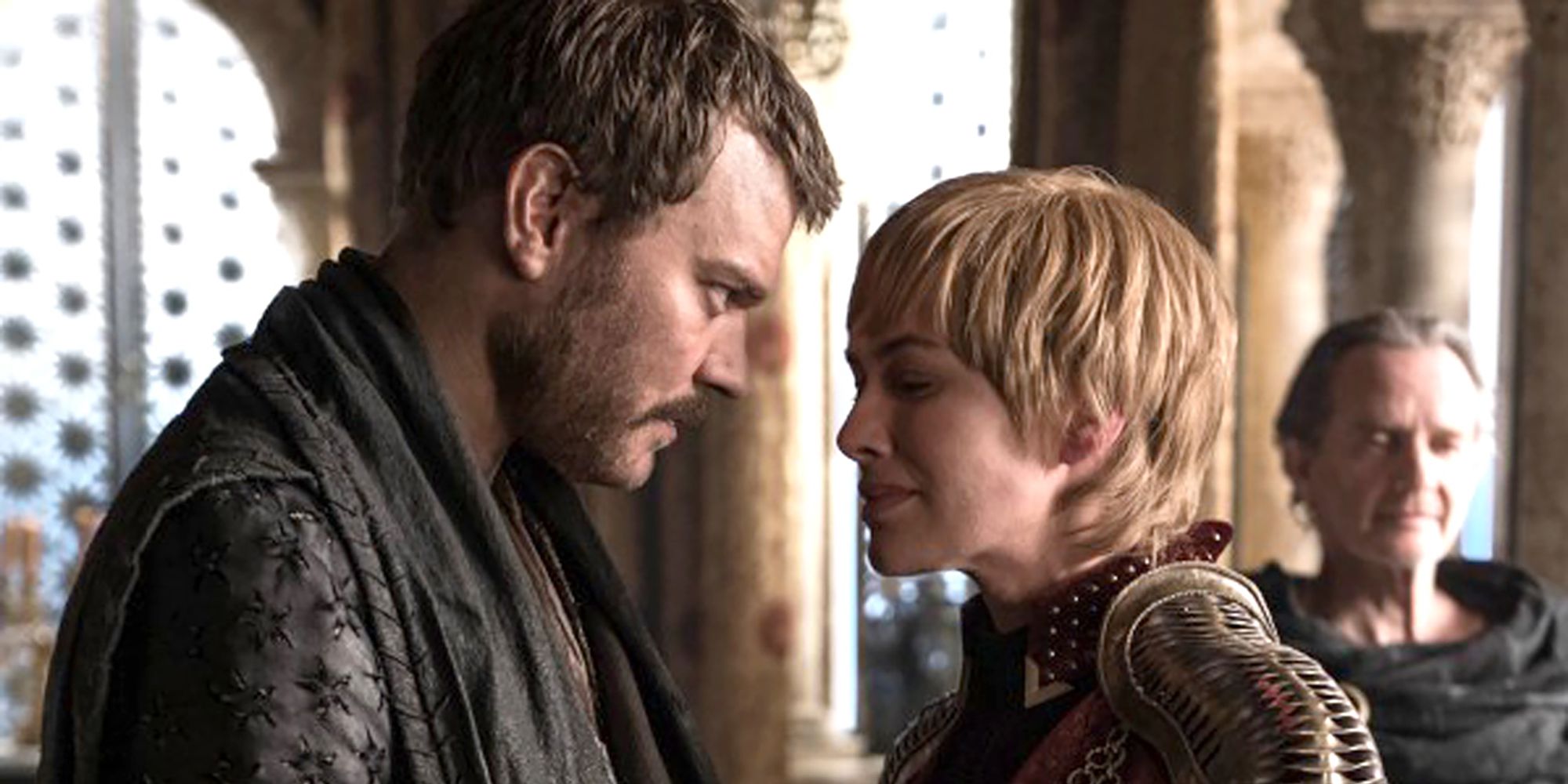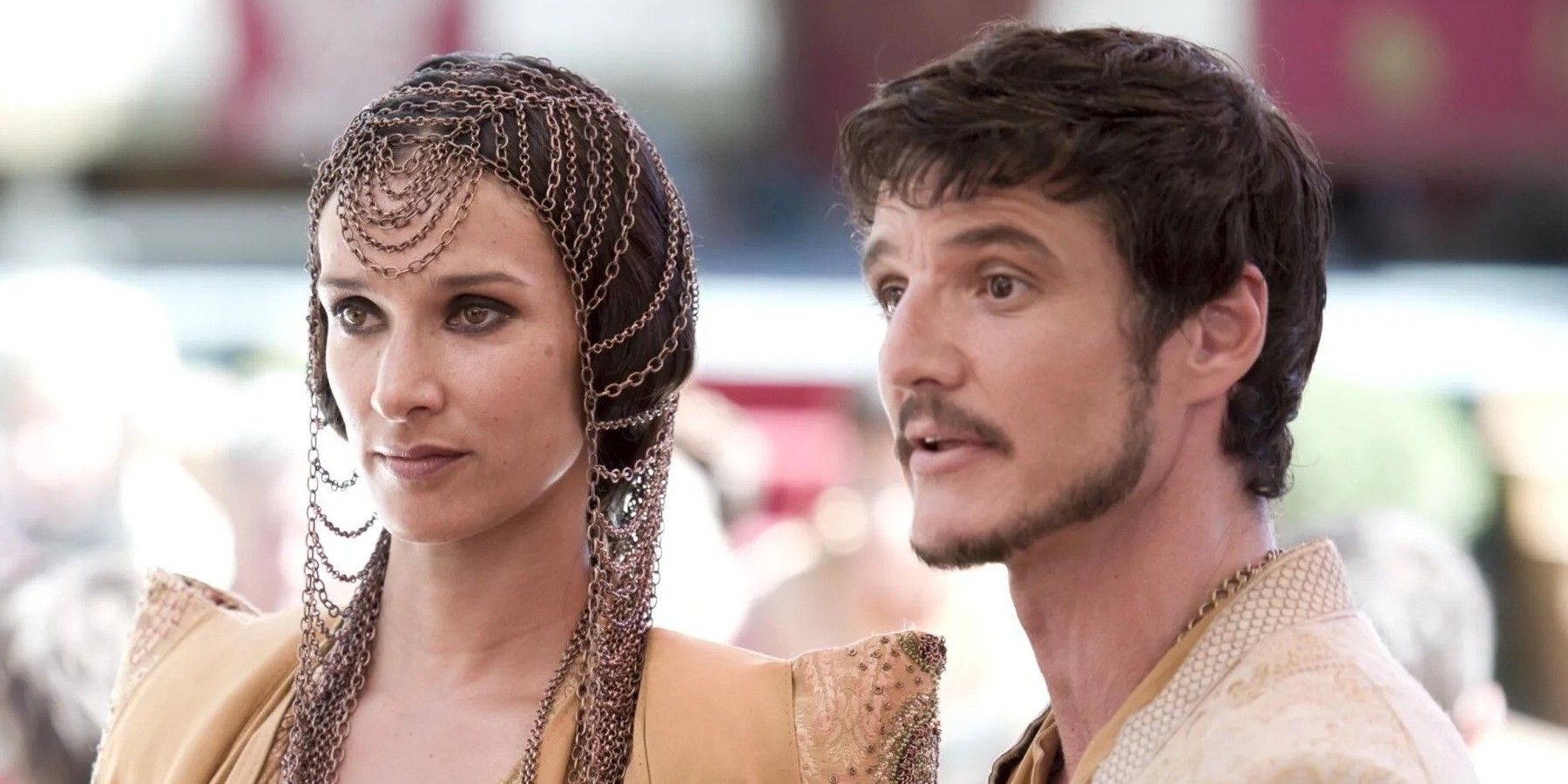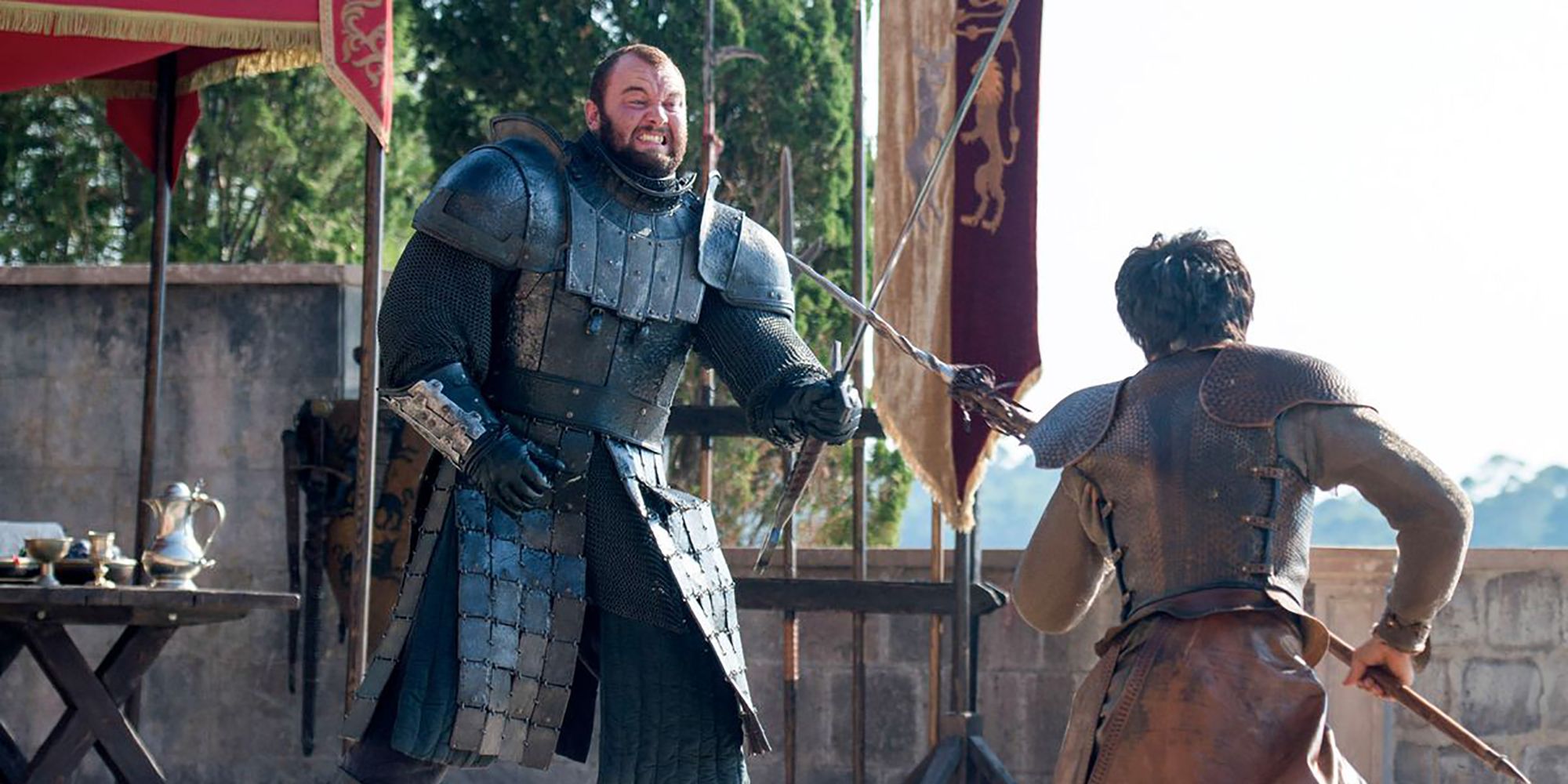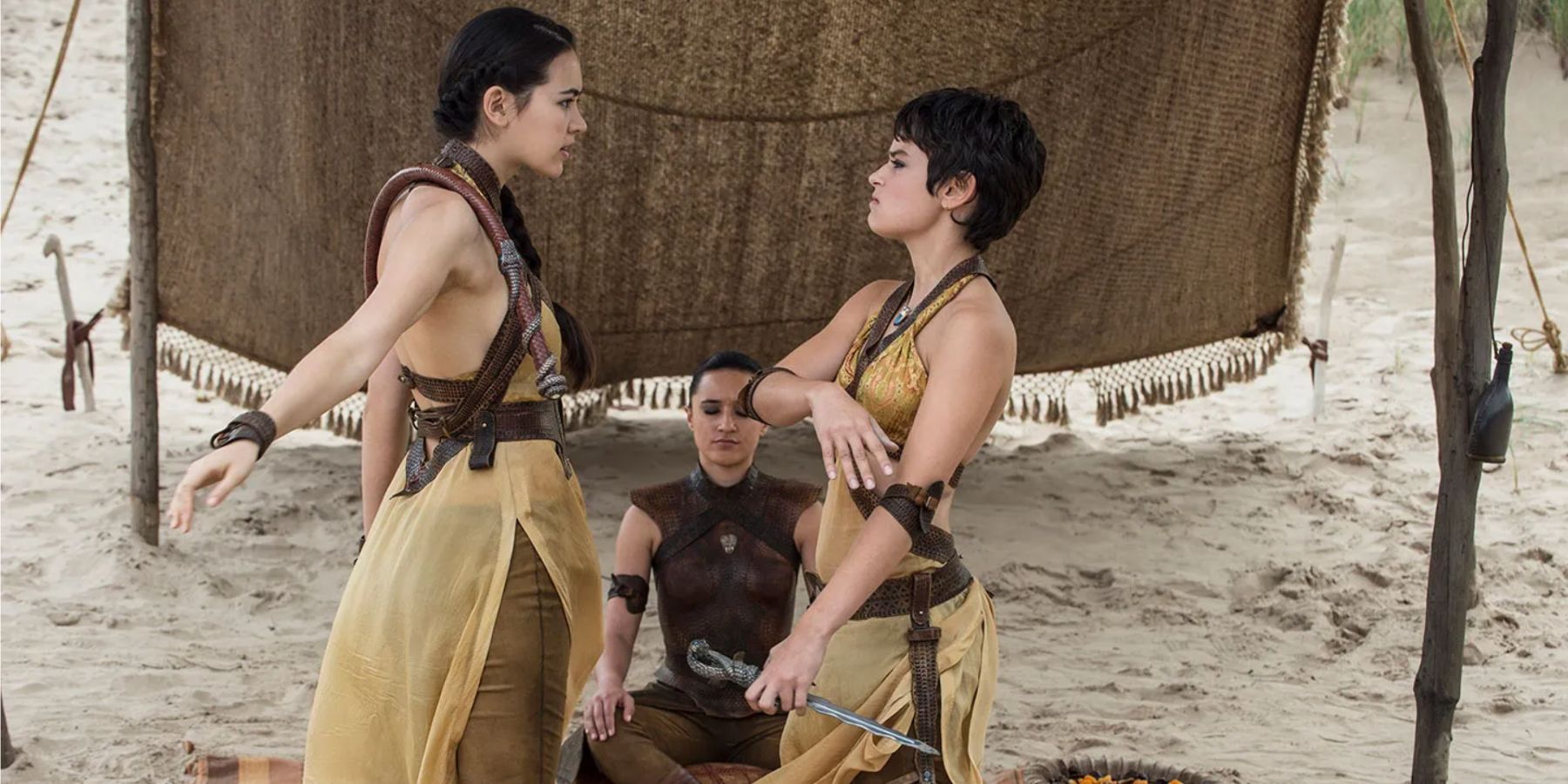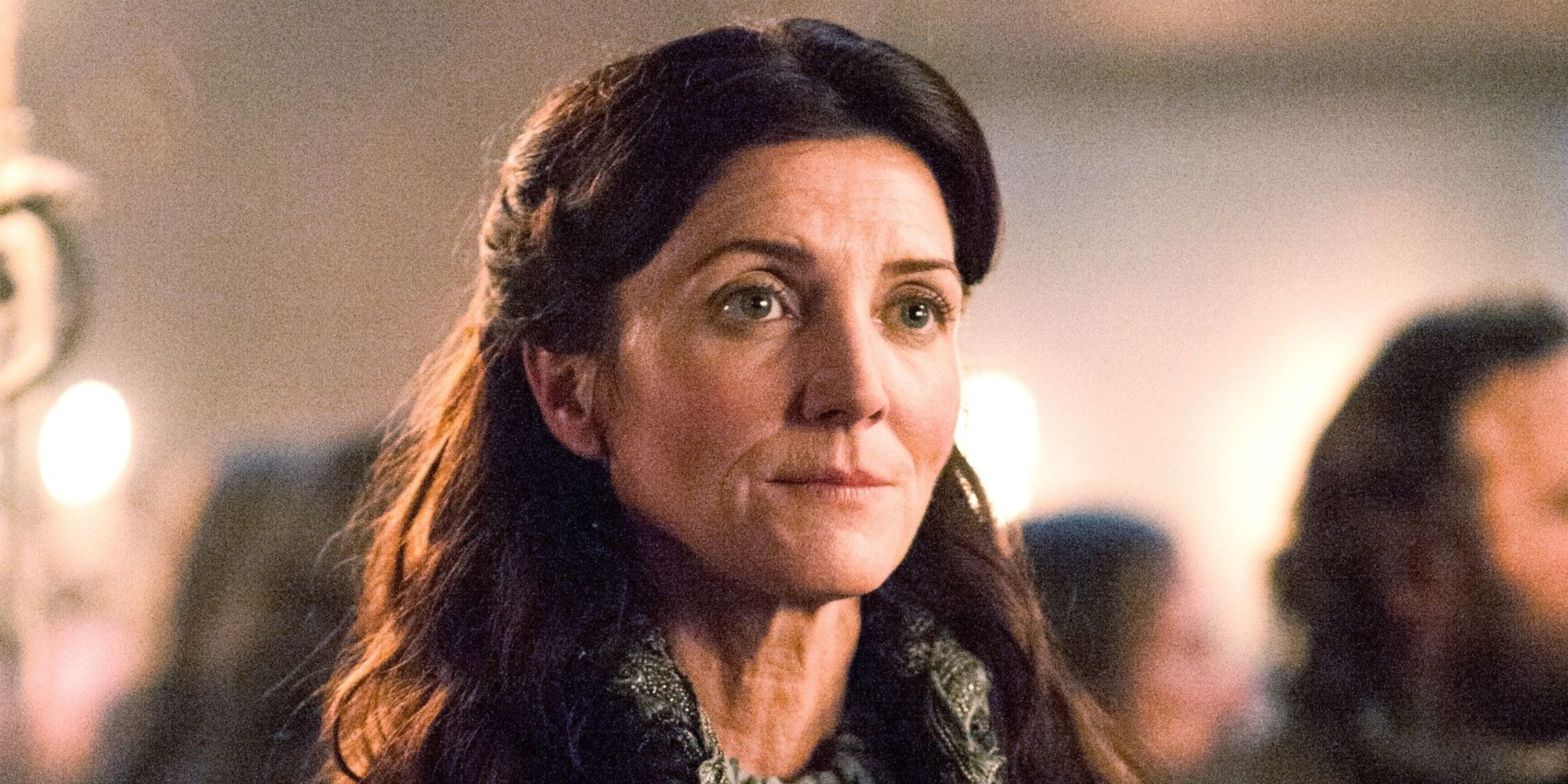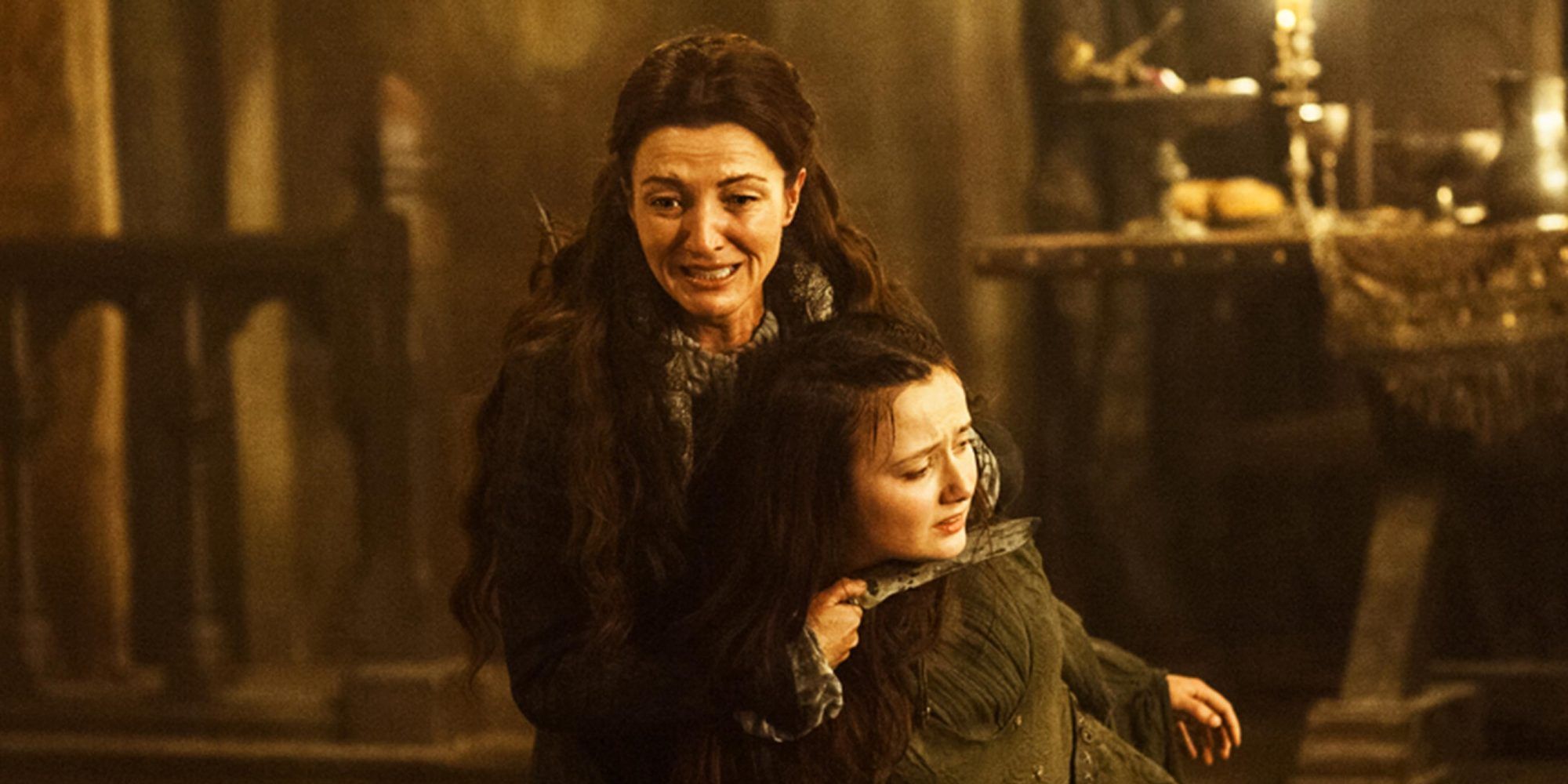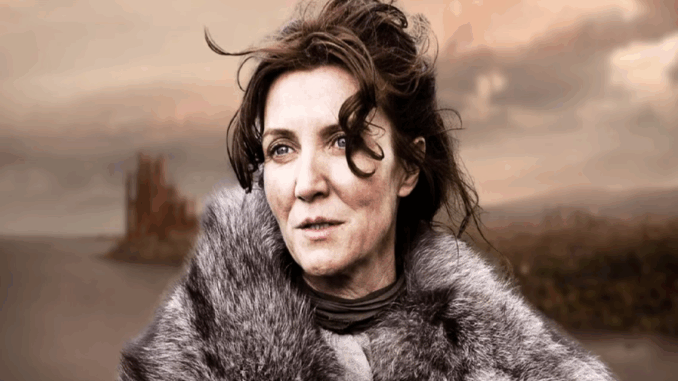
Game of Thrones is one of the greatest successes in its genre, whether through its richly detailed books with unique mythology or the grandeur of its story in the TV adaptation that captivated audiences. Still, the series had to undergo several cuts to become more viable for television, including altered characters and reimagined arcs that changed parts of the original narrative.
The book characters omitted from the Game Of Thrones series represent not merely a missed chance to translate the prose with fuller texture but a direct blow to the layered plots and evolving paths of key protagonists. Because those figures hold decisive importance in the original work, their absence skews motivations, this world-building, and leaves the televised saga demonstrably poorer than its literary counterpart.
10. Coldhands
Adapted Yet Absent, His Omission Harms The Show’s Development
Although George R. R. Martin has confirmed in the books that Coldhands is not Benjen Stark, the show’s decision to fold the two roles together curtailed what might have been a hauntingly distinct, supernatural guardian. Stripped of that enigma, the adaptation not only squandered the eerie mystery surrounding the figure but also diluted the broader sense of old Northern magic that defines the series’ mythic atmosphere.
9. Patchface
He Is One Of The Biggest Mysteries In Game Of Thrones Thanks To His Past
Serving as one of the strongest symbols of mysticism in the novels, Patchface is conspicuously absent from the televised Game Of Thrones despite a backstory that borders on horror. Once a jester to Stannis Baratheon, he returns from a childhood drowning to utter utterly unsettling prophecies whose nonsense veils doom, making his removal from HBO Max’s series a glaring injustice.
Had the writers embraced his bizarre presence, the show could have blended dark comedy with creeping dread, enriching tonal variety while deepening the half-explored mysticism of Westeros. As one of George R. R. Martin’s enduring enigmas, Patchface ranks among the most egregiously underused elements of the saga, and his exclusion leaves the adaptation without a character whose every rhyme foreshadows catastrophe.
8. Strong Belwas
With His Appearance, He Is One Of The Characters Present Only In The Books
Charismatic yet brutally efficient, Strong Belwas is one of the memorable book characters whom the Game Of Thrones adaptation elected to omit during its aggressive secondary-cast reduction. Branded by the countless scars that chronicle legendary victories in single combat, the towering eunuch bodyguard commands fear throughout Daenerys Targaryen’s retinue, embodying raw strength rarely rivaled within the eastern narrative of conquest.
Within the novels he functions as a proudly egocentric yet often comedic foil, and his exclusion deprives the screen of moments that mix gallows humor with breathtaking action. Chief among them is his notorious duel outside Meereen, where he dispatches the defending champion in humiliatingly swift fashion, a sequence whose energy and levity could have lent the siege storyline a sharper, more distinctive tone.
7. Jeyne Poole
Tortured, She Is One Of The Characters Wronged By The Game Of Thrones Series
Within the novels, Jeyne embodies the ordinary citizen whose life is shattered by contending lords vying for the iron throne, her identity erased to secure Bolton dominion in the North. Consumed by the game of thrones, she would have drawn deep audience empathy on screen precisely because she bears no powerful surname and confronts authentic, day-to-day, unglamorous dangers and violence.
6. Quentyn Martell
Burned Alive, He Is One Of The Characters With The Most Tragic End In The Books
Charged with a covert mission that would have enriched the series, Quentyn Martell, eldest son of Doran Martell and prince of Dorne, enters the saga in A Dance with Dragons with dedicated point-of-view chapters. His presence on screen could have offered a fresh Dornish perspective and a heartfelt, ultimately doomed, quest that intertwined directly with Daenerys Targaryen’s trajectory and broader political stakes.
5. Aegon Targaryen (Young Griff)
In The Series The Character Would Become The Greatest Threat To The Throne
Purportedly the son of Rhaegar Targaryen and Elia Martell, Aegon Targaryen, known in disguise as Young Griff, never surfaces in the Game Of Thrones show despite claiming to have survived the Mountain’s slaughter. His existence would have expanded the legacy of Rhaegar and positioned a legitimate, living dragon-blood heir as Daenerys’s most formidable rival for the rightful Westerosi throne she ultimately seeks.
Ignoring Young Griff not only limited exploration of Rhaegar and Elia’s tragedy but also removed a political wildcard whose claim could fracture alliances and force Daenerys into direct competition with another Targaryen. While Jon Snow ultimately filled the secret-heir role, Aegon’s campaign would have introduced fresh strategy, uncertainty, and moral complexity, embellishing a storyline the adaptation simplified for television brevity.
4. Jon Connington
The Book Character’s Presence Would Have Enriched The Series
Introducing Connington would have injected fresh dilemmas, pitting his devotion to Aegon against Daenerys’s claim and reviving discussions of Rhaegar’s ideals that the show left largely unexplored. Moreover, his tragically deteriorating health from greyscale could have echoed the saga’s recurring theme that personal sacrifice often shadows political ambition, adding another poignant, cautionary note to Westeros’s fragile tapestry for viewers worldwide.
3. Victarion Greyjoy
His Absence From Game Of Thrones Diminishes The Narrative’s Depth
Proud, uncompromising, and steeped in Ironborn martial tradition, Victarion Greyjoy, the younger brother of Balon, is another formidable seafarer who never made the transition from page to screen in Game Of Thrones. The show merged elements of his character into Euron, yet that streamlined figure lacks Victarion’s internal disdain for his brother and the brooding intent to betray him at any cost.
One of his most compelling arcs in the books involves sailing for Daenerys on Euron’s orders, planning to claim her as bride even while plotting to seize both her and the dragons for himself. Arriving with a relentless Iron Fleet at a moment when Daenerys is besieged, he could have dramatically altered endgame dynamics, introducing naval might and a ruthless wildcard that the televised narrative sorely lacked.
2. Arianne Martell
Ignored By The series, She Is One Of The Most Powerful Characters In The Books
Because the Game Of Thrones adaptation explored Dorne only superficially, Arianne Martell regarded as one of George R. R. Martin’s strongest female strategists, was excised and effectively replaced by Ellaria Sand and the Sand Snakes. Her omission squandered a distinctive Dornish viewpoint and deprived the southern storyline of a politically savvy voice whose maneuvers reveal Westeros through a deeply rich cultural lens.
1. Lady Stoneheart
With Her Frightening Appearance, She Was The Character Most Ignored By The Series
Existing only in the novels, Lady Stoneheart is widely regarded as the most significant character omitted from the Game Of Thrones adaptation, a resurrected specter consumed by vengeance after the Red Wedding. Her relentless campaign of retribution ignites a trail of brutal justice that reshapes the Riverlands and unsettles figures viewers believed safe, yet the series left this chilling transformation unexplored.
Excluding Lady Stoneheart undercuts the arcs of Brienne and Jaime Lannister, who in the books confront the spectral embodiment of war’s consequences and must reckon with oaths broken at Riverrun. Her grotesque resurrection epitomizes the saga’s tragic dimension, transforming a compassionate matriarch into one of George R. R. Martin’s darkest creations and illustrating how conflict devours both body and soul.
